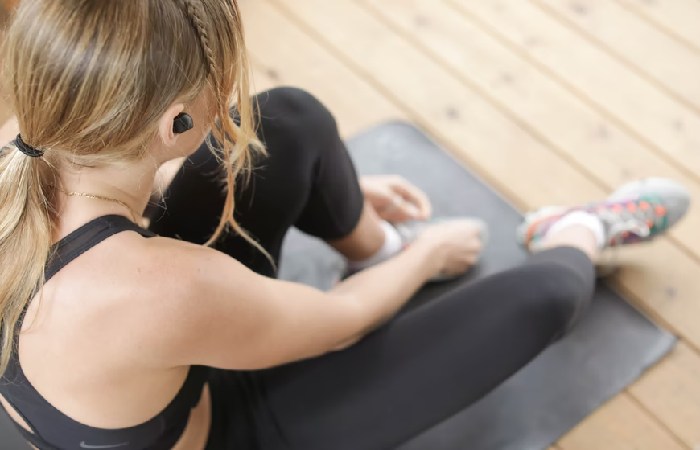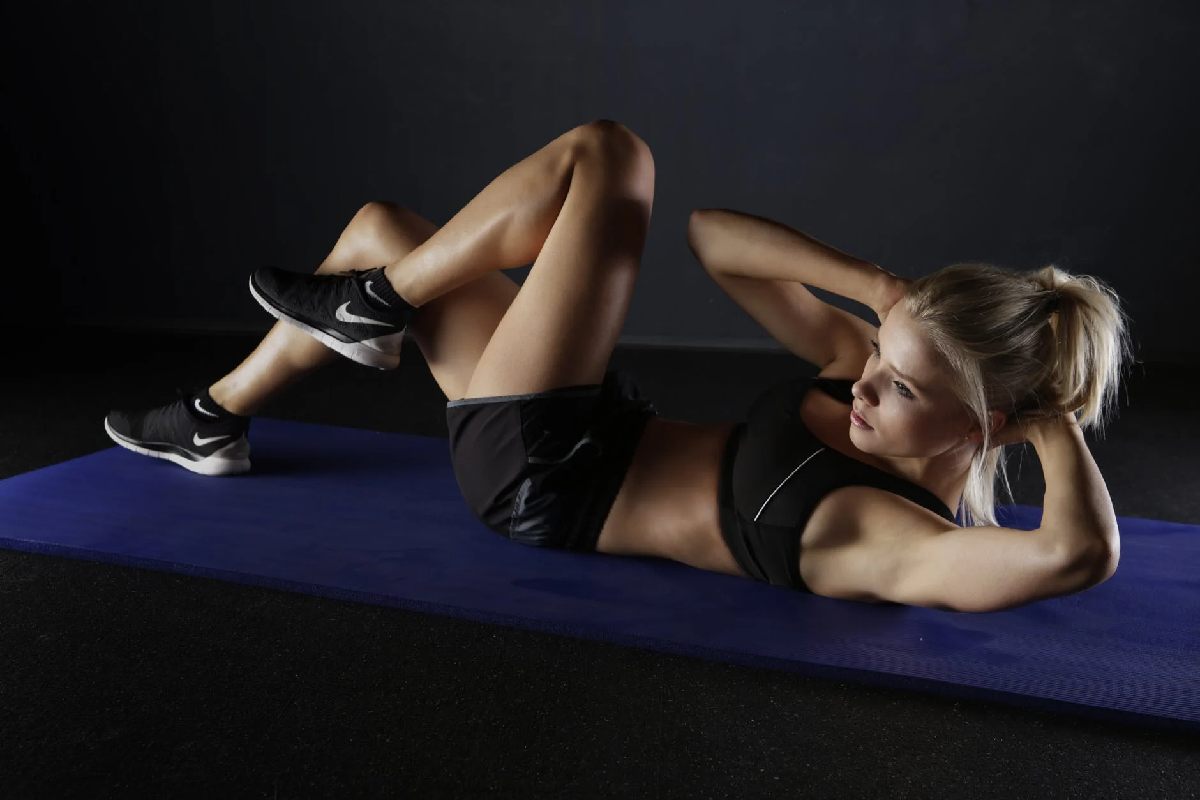Table of Contents
Positive effects of exercise on your musculoskeletal system

One Cardiovascular System
As you may have heard many times, regular exercise’s most critical and valuable effect is strengthening the cardiovascular system. exercise on your musculoskeletal system
The heart muscle is trained by hiking, Nordic walking or jogging, and your body is better supplied with blood. The better blood circulation and supply to your muscles and organs will make you more efficient. You will soon notice the positive effects even in everyday situations, e.g. when sprinting to the tram or playing with the children.
Your body is not out of breath so quickly, and the red, strained head is a thing of the past. In addition, the immune system is strengthened through endurance sports, and you are more stress-resistant in the modern, constantly accessible and available time. As a result, you can easily cope with daily appointments and errands.
2 Improving the complexion of the skin
The connective tissue is supplied with more oxygen due to the improved blood circulation in your body. Connective tissue takes on a variety of functions in the body.
It envelops, protects and holds bones, muscles, joints and tendons together. Therefore, regular exercise is essential for the connective tissue to supply nutrients. Exercise also promotes the formation of new skin cells –
you look younger and more attractive! The removal of old and worn skin cells, on the other hand, is accelerated.
Therefore, it is essential to have enough water after every training session to support the removal of used nutrients. So say goodbye to blemishes and slip into your new running insoles and shoes.
3 Adjusting the muscle fibers
Let us go back a few millennia in human history for a brief moment. When people were self-sufficient, they had to walk an average of 10 to 15 kilometers a day for food. Humans were born to be endurance runners and are trained for it. All functions and processes in today’s musculoskeletal system are still based on regular movement. Start now as an endurance runner and set yourself new goals.
With endurance training, your body improves the important so-called red muscle fibers (type 1). The energy supply for the muscle function takes place here with the help of oxygen. First and foremost, free fats are burned, and the first excess pounds fall off all by themselves. This type of muscle fiber will allow you to walk for a long time, and it will slowly tire you out.
4 Ability to utilize oxygen exercise on your musculoskeletal system
Do you also know when you run out of breath? The slight ascent in the jogging circuit becomes arduous and increasingly strenuous. You are gasping for oxygen, and your breathing speeds up. Unfortunately, inhaled oxygen is no longer sufficient for physical performance. The best solution is to slow down the pace or, if necessary, to stroll.
A recognized measurement parameter is the maximum oxygen uptake, precisely representing your fitness level and performance. Regular exercise improves this positive effect on your body. Therefore, it is essential for runners in the older semester to do endurance sports, as the ability to utilize oxygen steadily decreases with age.
Sport and exercise have many advantages for our health, but which ones exactly? Here are eight good reasons to exercise regularly.
5 Exercise increases your basal metabolic rate exercise on your musculoskeletal system
Your body needs energy for daily tasks such as shopping, working, or visiting friends. The energy gained from food is required for these tasks and vital essential functions, which are usually carried out unconsciously. These include breathing, regulation of body temperature, supply to all organs and the entire metabolism.
In addition to the basal metabolic rate (vital functions), there is also the performance metabolic rate (physical work, sport and exercise). These two factors then add up to your daily calorie requirement.
Rule of thumb:
Calorie requirement = basal metabolic rate x 1.4 (office work)
Calorie requirement = basal metabolic rate x 2.0 (physical activity)
As you can see from the rule of thumb, your basal metabolic rate increases with physical activity. With more power mass, you can absorb more oxygen and energy.
However, from the age of 20, muscle mass decreases continuously, and therefore your basal metabolic rate should also decrease. So either you consume fewer calories or grab your running shoes and increase your basal metabolic rate. Then there is something to snack on from time to time.
6 Strong bones thanks to exercise
Healthy and pain-free bones are the basis for long and vital life. A stable bone is significant in contact and ball sports with short and fast direction changes. Like any other organ, the bones are supplied with nutrients. The most vital nutrients are calcium and vitamin D. In addition to the nutrients, regular exercise is necessary because this allows you to build up the maximum bone mass at a young age. If you did a lot of sport as a teenager, several studies suggest that bone loss (osteoporosis) may slow down.
In adulthood, the combination of endurance sports and muscle training to maintain bone mass should not be neglected. Stable and healthy bones prevent injuries and falls. Eat a calcium-rich diet if you are regularly active in sports.
Calcium-rich diet:
Leek, broccoli, spinach, kale
Milk, cheese, quark, yoghurt
Mineral water (150 mg calcium / liter)
Seven sustainably increase life expectancy
Another beneficial effect of regular exercise is the higher life expectancy, which several studies have proved. The multitude of tasks that a person masters in his life not only scratches the substance. It is then vital to build a robust immune system, reduce the amount of fat in the body and increase bone density.
Giving to the Federal Statistical Office, life expectancy is 78.5 years for men and 83 years for women. Since industrialization, life expectancy has increased steadily in the last few decades due to improved hygiene, working conditions, medical care, and growing prosperity. On the other hand, however, a lack of exercise, poor nutrition and increasing stress will reduce life expectancy. So I hope you don’t like training (maybe on some rainy wintry days) and you run for long healthy life. For your family, your children and grandchildren and above all, for YOU.
8 Reduce muscle and bone breakdown exercise on your musculoskeletal system
The biological ageing process is unstoppable. Muscles and bones need to be constantly supplied with good nutrients and active. You can only maintain muscle function through regular exercise. It is best to supplement your endurance training with moderate muscle training as a home workout or in the gym with like-minded people, such as time-saving circuit training. Muscle training also has a lasting effect on bone composition and strengthens it. According to the recommendation of the WHO (World Health Organization), there should be at least 150 minutes of fitness training per week. After exercise, a protein-containing food intake is recommended to process the training stimulus optimally for muscle maintenance.
I hope you have now received new motivation with these eight positive effects on your musculoskeletal system. Start now as an endurance runner and feel the positive impact on your own body. Master new training goals and improve your life sustainably.

